How to Clean a Mattress and Remove Every Type of Stain

If you're looking for an in-depth guide on how to clean a mattress, you've come to the right place.
Mattresses are one of the most used items in our homes. It’s estimated that the average person spends almost a third of their lives in bed—with all that wear and tear, it’s no wonder mattresses can sometimes look like they’ve seen better days.
Unfortunately, some with stained mattresses are stuck with having to buy a new mattress or foot the bill for pricey professional cleaners. Luckily, not all stains need to result in buying a new mattress or require expensive cleaning services.
Read on to learn how you can rescue a stained mattress with these DIY tips.
Why Should I Clean My Mattress?
As comfortable as our beds can be, they can also become a welcoming home to other organisms like dust mites. These microscopic pests feed on the skin cells of humans and thrive in beds and on other upholstered surfaces.
As we sleep, our sweat and breathing create a humid paradise for these tiny critters, and hundreds of thousands of dust mites can be found living on beds and mattresses.
If left unchecked, they can cause severe allergies and breathing problems, and worsen asthma symptoms. Fortunately, dust mites can be reduced by regularly washing your bedding and vacuuming your mattress.
How Often Should I Clean My Mattress?
Experts recommend that general mattress cleaning should take place twice a year, and mattresses should be vacuumed once a month (if not more).
Fresh stains should be addressed by spot cleaning as quickly as possible to prevent mold, mildew, unpleasant odors, and permanent stains from forming.
How to Clean a Mattress at Home
There are many professional services available that deep clean mattresses, but they can get pretty pricey. If you’re on a budget, you can quickly and cheaply deep clean your mattress at home using household ingredients that cost just a few dollars.
Before you begin, these steps are geared towards cleaning the following mattress types: memory foam, innerspring, gel, latex, or hybrid mattresses.
For other mattress types, consult the manufacturer’s guidelines, as there’s always the chance that other materials may have adverse reactions to cleaning products.
It’s also important to note that a mattress should never be fully soaked in any solution.
Cleaning solutions should only be sprayed, misted, or dabbed on the surface of the mattress because too much excess liquid can be absorbed deep into the mattress resulting in mildew, and possibly mold.
Strip the bed
Begin by removing, washing, and drying all pillows and bedding.
Vacuum the mattress
While those items are getting clean, start vacuuming your mattress using the upholstery attachment on the vacuum, paying special attention to the corners, inner seams, and folds of the mattress; these areas tend to accumulate the most dust, hair, dirt, and crumbs.
It is also important to vacuum the sides of the mattress. Once you’re done vacuuming, here are a few methods for deep cleaning your mattress.
Disclaimer: Hometalk may receive a small affiliate commission from purchases made via Amazon links in this article but at no cost to you.
How to Clean a Mattress with Baking Soda
If your mattress smells, you may be tempted to take the easy route and spray down your mattress with a fabric refresher spray. However, these sprays typically just mask odors, instead of absorbing them.
That’s where baking soda comes in handy, which can get rid of stubborn odors by reacting with and neutralizing the source of the smell.
Using a sieve, or your hand, lightly sprinkle a thin layer of baking soda all over the top of the mattress. Let the baking soda sit for an hour at a minimum, then vacuum the mattress to remove the baking soda.
This method is great for a general mattress refresh since the baking soda deodorizes and cleans the mattress, while the vacuum removes dust, dirt, and hair.
How to Clean a Memory Foam Mattress
Memory foam mattresses are popular, but their sponge-like texture can sometimes make stains look more obvious and retain odors more easily than other mattresses.
Because memory foam mattresses can react poorly to many chemical mixtures and cleaning products, simplicity is key when cleaning them. Follow these steps to give your memory foam mattress an overall cleaning.
Tools and Materials
- Water
- White powder laundry detergent (without additional coloring, blue crystals, or oxygenated bleach)
- Liquid dishwashing soap
- Empty and clean spray bottle
- Clean cotton cloths or small white towels
- Hairdryer (optional)
A simple cleaning solution for memory foam mattresses is to combine one cup of plain water with a few drops of laundry detergent or dish soap in a spray bottle.
Mist the solution lightly over the mattress or dab it on using a clean cloth, making sure not to soak the mattress. If the mattress still feels damp after a day, you can use a hairdryer on cool to help dry the mattress.
How to Clean Mattress Stains
No two stains are alike: Any liquid that causes a mattress stain will have its own unique properties that will require a specific method and ingredients to work the stain out.
Now, we also understand that not all stains can be identified, so we've come up with a few general steps to get tough stains out, along with specific guides for getting blood, vomit, urine, and sweat stains out of mattresses.
How to Remove Small, Light Stains From Mattresses
This method can be used to tackle a variety of mild stains, including “mystery” stains that seem to accumulate on mattresses over the years.
Tools and Materials
- 2 tablespoons white powder laundry detergent (without additional coloring, blue crystals, or oxygenated bleach)
- 1 tablespoon water
- Clean bowl
- Whisk
- Spoon
- Clean cotton cloths or small white towels
Step 1: Prepare Foam
Begin by whisking together the white powder laundry detergent with water in a bowl. Whisk quickly to create a foam.
Step 2: Apply and Wait
Spread the foam on the mattress stains and leave it on for 10 minutes. Then, scrape away the foam using a spoon.
Step 3: Blot and Repeat
Blot the area with a damp cloth to remove any residue. Repeat as necessary until the stain has lifted.
How to Remove Large, Tough Stains From Mattresses
You might have one or more larger tricky stains that require more than a quick spot treatment. If the above method doesn’t work, don’t give up on the stain yet; try this approach for tougher stains.
Tools and Materials
- 1 cup 3% hydrogen peroxide
- 3 tablespoons baking soda
- 2 teaspoons liquid dishwashing soap
- Empty and clean spray bottle
- Vacuum and upholstery attachment
Step 1: Create Mixture
Fill an empty spray bottle with 3% hydrogen peroxide, baking soda, and liquid dish soap. Lightly stir ingredients, making sure not to shake the bottle, which can create too much foam.
Step 2: Apply and Wait
Spray the mixture all over the stains making sure to wet, but not soak, the mattress. Let it sit for at least 8 hours.
Step 3: Vacuum
Once dry, vacuum the mattress to remove leftover residue that may be present.
How to Clean Urine From a Mattress
Try as we might, accidents still happen—whether it’s little ones not making it to the bathroom in time or naughty pets. Luckily, urine stains on mattresses can be easily removed using a few common household ingredients.
For fresh urine stains: Before you begin, remove as much of the liquid by blotting with paper towels or a clean cloth. It is important to get as much liquid out as possible to prevent it from being absorbed deeper into the mattress and causing an odor.
Tools and Materials
- ½ cup white vinegar
- ½ cup water
- Empty and clean spray bottle
- Clean cotton cloths or small white towels
- Baking soda
- Vacuum
Step 1: Create Mixture
Combine plain water and white vinegar in a spray bottle, lightly shake to combine.
Step 2: Spray and Wait
Spray this diluted vinegar mixture onto the urine stain. Let sit for 5 to 10 minutes.
Step 3: Blot and Apply Baking Soda
Using a clean cloth, blot out any liquid then cover the affected area with a thin layer of baking soda—this will remove the odor. Leave the baking soda on for 8 to 10 hours.
Step 4: Vacuum
Vacuum up the baking soda residue.
For dried urine stains: Just because the stain is dry doesn’t mean that it’s permanent—you’ll just need a heavier cleaning solution. Here’s how to get the stain out (and odor, too).
Tools and Materials
- 1 cup 3% hydrogen peroxide
- 3 tablespoons baking soda
- 2 teaspoons liquid dishwashing soap
- Bowl
- Clean cotton cloths or small white towels
Step 1: Rewet Stain
Mist stain lightly with water to rewet the stain.
Step 2: Mix Ingredients
In a bowl, combine 3% hydrogen peroxide, baking soda, and liquid dishwashing soap. Lightly swish or swirl the mixture to combine.
Step 3: Dab Away
Use a clean cloth to dab the mixture into the stain, making sure not to drench the mattress. Let sit for 30 minutes. Switch to a clean, dry cloth to remove any excess moisture. Repeat steps until the stain is lifted.
For dried urine stains on memory foam mattresses: Since memory foam mattresses can’t take in too much liquid, working quickly when cleaning is key. The baking soda in this cleaning formula helps neutralize odors while the hydrogen peroxide removes bacteria.
Tools and Materials
- ½ cup 3% hydrogen peroxide
- 3 tablespoons baking soda
- Empty and clean spray bottle
- Clean cotton cloths or small white towels
Step 1: Create Mixture
Add 3% hydrogen peroxide and baking soda to the spray bottle. Swirl but do not shake the ingredients.
Step 2: Spray Solution
Spray lightly over the stain until the stained area is damp, but not soaked.
Step 3: Wait, then Blot
Leave the solution on for 1-2 hours, then blot up excess liquid using a clean cloth or towel. Repeat steps until the stain is completely gone.
How to Clean Blood Stains Out of a Mattress
Blood stains on mattresses can be unsightly, but luckily, they can be easily resolved using this method. It is important to note that only cold water should be used when removing blood stains from a mattress, as hot water can set the stains, making them permanent.
Tools and Materials
- 4 tablespoons 3% hydrogen peroxide
- 1 tablespoon liquid dishwashing soap
- 1 tablespoon salt
- Spoon
- Clean cotton cloths or small white towels
Step 1: Create the Mixture
Mix the 3% hydrogen peroxide, liquid dishwashing soap, and salt.
Step 2: Apply and Wait
Spread this mixture on the stain and wait for it to foam up—it should take about ten minutes.
Step 3: Scrape Off
Once the mixture has started foaming, scrape the foam off with a spoon.
If the stain remains, dip a clean cloth in undiluted 3% hydrogen peroxide and dab the stain until it lifts.
How to Remove Sweat Stains From a Mattress
it’s because of hot summer nights or side effects from medications, sweat stains can easily accumulate on our mattresses.
These stains can not only leave a visible yellow or dark ring, but they can also leave your mattress with an unpleasant odor. Below are some tips you can use to remove these unwanted stains.
Tools and Materials
- 1 cup 3% hydrogen peroxide
- 3 tablespoons baking soda
- 2 teaspoons liquid dishwashing soap
- Empty and clean spray bottle
- Vacuum cleaner
Step 1: Spot Clean
Combine 3% hydrogen peroxide, baking soda, and liquid dishwashing soap in a spray bottle. Gently swirl to mix.
Step 2: Spray on Stain
Spray the mixture on the stain in a uniform manner.
Step 3: Wait, Then Vacuum
Leave on for a minimum of 30 minutes, then vacuum up any baking soda remaining.
How to Remove Vomit Stains From a Mattress
Because vomit usually contains a mixture of solids and liquids, it is important to first clean up as many solid particles as possible. Next, using a clean cloth, gently blot out as much liquid as you can without pressing the liquid deeper into the mattress. Use the following methods to remove vomit stains from your mattress.
Tools and Materials
- 4 tablespoons white powder laundry detergent (without additional coloring, blue crystals, or oxygenated bleach)
- 2 cups warm water
- Clean cotton cloths or small white towels
Step 1: Create the Mixture
Dissolve white powdered laundry detergent in warm water.
Step 2: Dab and Dry
Use a clean cloth to apply this solution to the stain, making sure not to soak the area. Next, use a dry cloth to dry the area.
How to Keep Your Mattress Clean
In addition to regularly cleaning your mattress, another recommended way to preserve and safeguard your mattress is to flip it.
Flip your mattress
In general, it is recommended to flip or turn your mattress over every three months for even wear. If your mattress has a pillow top, or cannot be flipped, then experts suggest rotating it 180 degrees to distribute fillings and make sure all parts get equal wear.
According to the Sleep Foundation Organization, Memory foam, newer innerspring mattress models, and latex mattresses should be rotated once or twice a year, while older innerspring mattresses should be rotated two to five times a year.
Another way to protect your mattress is by preventing stains from forming in the first place by using a waterproof mattress protector.
Mattress protectors
Mattress protectors can come in a variety of materials and be placed over one side of the mattress, or completely encase the mattress.
Most waterproof mattress protectors feature a layer of polyurethane in addition to a soft-top layer of cotton.
Not only will a mattress protector keep your mattress looking brand new, but many mattress protectors are now machine-washable, adding an extra layer of cleanliness to your bed.
How to Clean a Mattress
Did you find this guide to cleaning a mattress useful? Let us know your DIY tips, tricks, and hacks for mattress cleaning in the comments below.



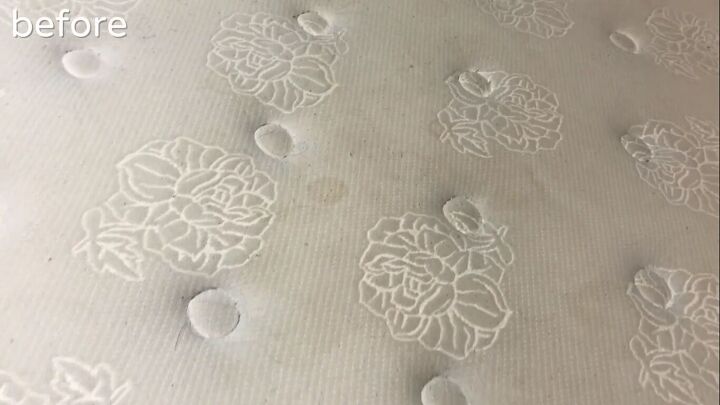










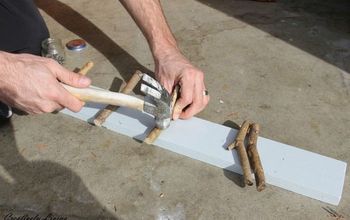





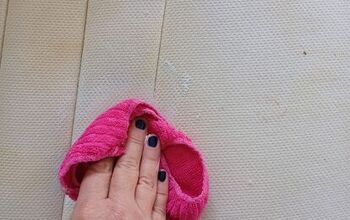
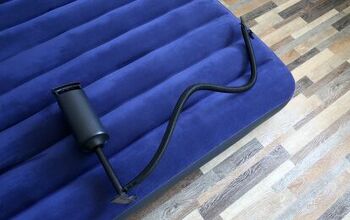
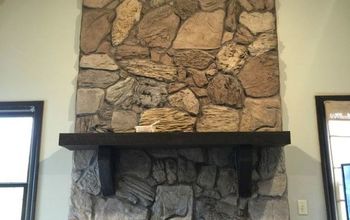
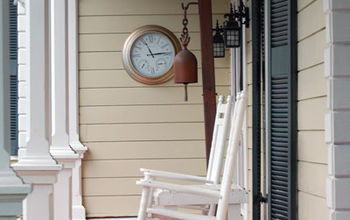
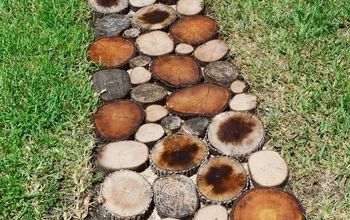
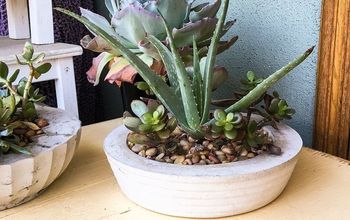


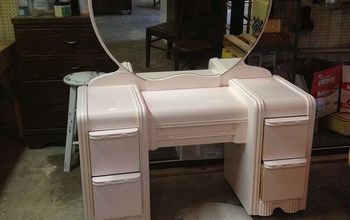
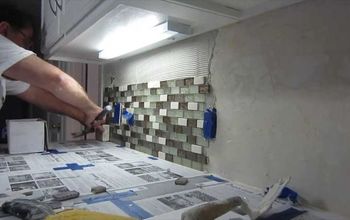

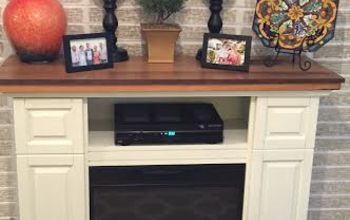
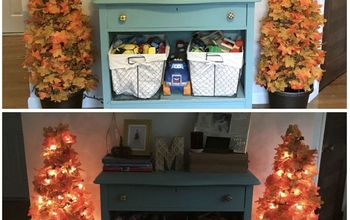



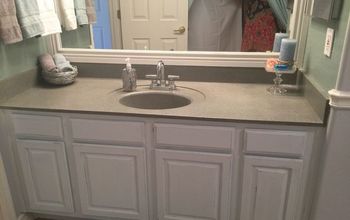
Frequently asked questions
Have a question about this project?